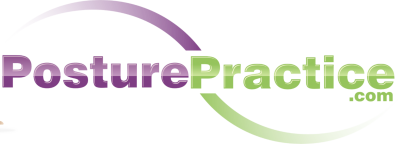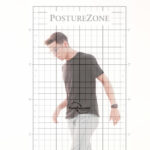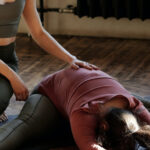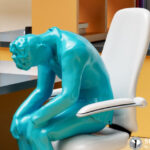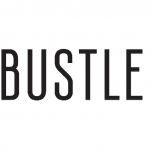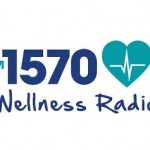Lateral Posterior Breathing – Pilates
Instructors of Yoga, Pilates, FMS, Feldenkrais, Alexander Technique and just about every other exercise system that emphasizes posture are utilizing the StrongPosture® protocols and the CPEP® program with clients. While practitioners relay the exercises complement these programs beautifully, sometimes there are subtle disagreements.
Here’s a great question from a Pilates Instructor:
Question: How I am going to incorporate belly breathing from StrongPosture® with Pilates breathing, which is lateral-posterior breathing? What breathing should I be teaching my Pilates clients?
Answer: The StrongPosture exercise protocols progressively retrain functional motion (which includes respiratory patterns) towards symmetry of coupled motion with inner core control (which include the diaphragm).
People with adaptive respiratory patterns are practically always chest breathers. For them, it’s often quite difficult to initially find belly breathing, and then even harder to habitually use the diaphragm. The longer the pattern has been established, the more challenging it becomes to shift from chest breathing to diaphragmatic breathing.
The posterior/lateral breathing taught in Pilates is, in my experience, a significantly higher hurdle for deconditioned people to find, much less to reflexively train. Because our goal is systematically retraining motion (and breath), initially we have people simply find diaphragmatic motion. After teaching the patient or client to find a new motion pattern, we can then progress.
It’s our observation that front breathing is easier than side or back breathing, and that fully incorporating anterior motion of diaphragm with the upper body is the strongest base upon which to progress to the posterior lateral breathing used in Pilates. I’ve been told by many fitness instructors that it’s far easier and more effective for chest-breathers to find any degree of diaphragm engagement, and then progressively isolate that to motion for control and stabilization. Plus, fully expanding and then contracting the belly has the added benefit of recruiting more muscle fibers, which is why even those in good condition usually experience novel motion in subtle, previously neglected arcs of motion.
Pilates teaches correct form that presupposes anterior core stabilization, pulling in the abs behind the “B line” to contract the Transverse Abdominus (TrA) before engaging posterior lateral diaphragmatic fibers during exercise. Focusing breath on lateral respiratory motion is great for training during exercise when the kinetic chain is loaded.
Daily short exercises (the Balance-Alignment-Motion tracks) incorporate aware diaphragmatic engagement, and it’s this consistency that’s key to building new breathing habits. As we progress people throughout the StrongPosture® Protocol progressions (especially Balance and Alignment tracks), those who are deconditioned and former belly breathers very often find themselves shifting back to chest breathing, which provides the opportunity to strengthen an adaptive pattern. It’s a process of progressively making it more challenging to find <and strengthen> unconscious patterns and hidden weaknesses.
Bottom line recommendation: Start everybody on StrongPosture® exercises, and use that as a base to progress them to posterior-lateral breathing.
This article has a great explanation how to breathe properly, including examples of chest breathing, belly breathing, and diaphragmatic breathing. Follow the 7 tips to breathe diaphragmatically as a way to increase lung capacity, clear the lungs and to breathe more easily.
For an intensive course to retrain your breathing pattern especially in a post Covid19 (Coronavirus) environment, take the 7 Steps to Strong Posture® Program which has an entire step (Step 4) devoted to breathing strong, breathing deeply, and breathing properly.
